Most planets orbit stars. That’s the rule, right? Sometimes planets just go rogue. Let’s learn about planets living free from stars.
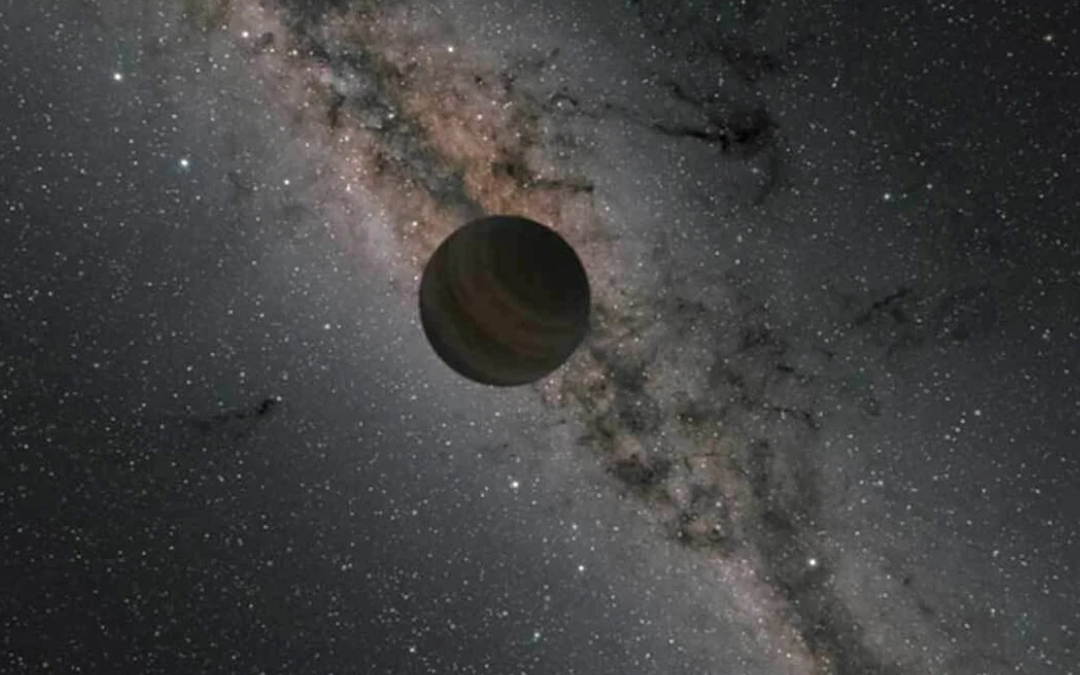

Most planets orbit stars. That’s the rule, right? Sometimes planets just go rogue. Let’s learn about planets living free from stars.
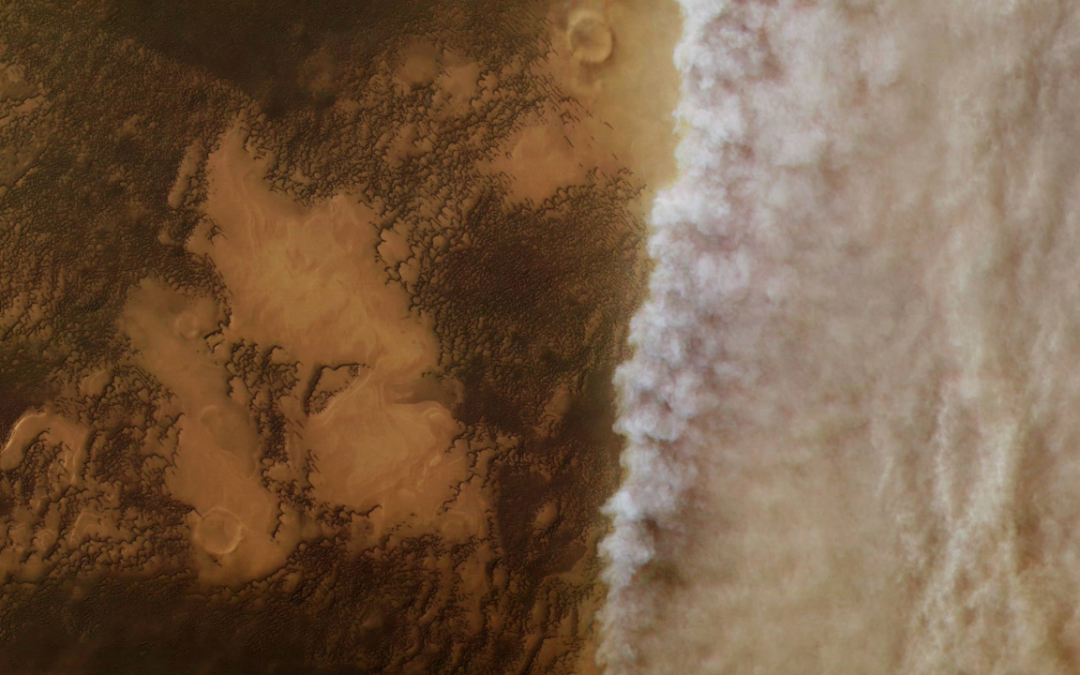
What causes these storms and how do they work differently on the worlds in the solar system. But what about the exoplanets?
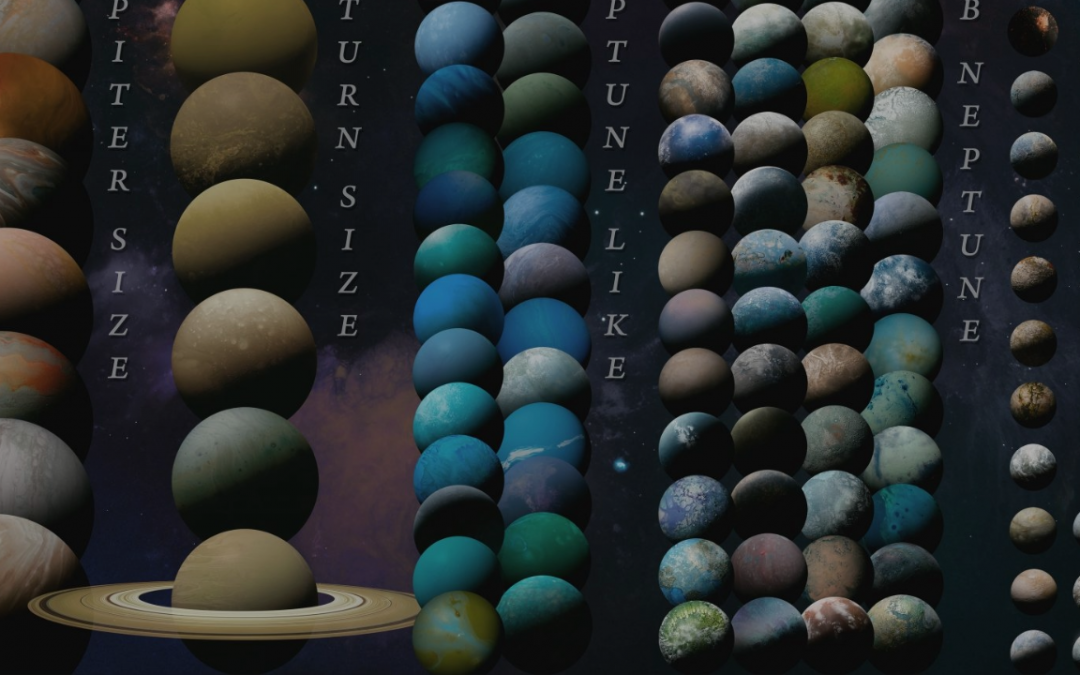
Astronomers have discovered thousands of exoplanets, revealing entirely new types of worlds that we don’t have in the Solar System. It is enough to start getting a rough sense of what kinds of planets are out there. What’s the big picture? Show Notes Our World in Data...
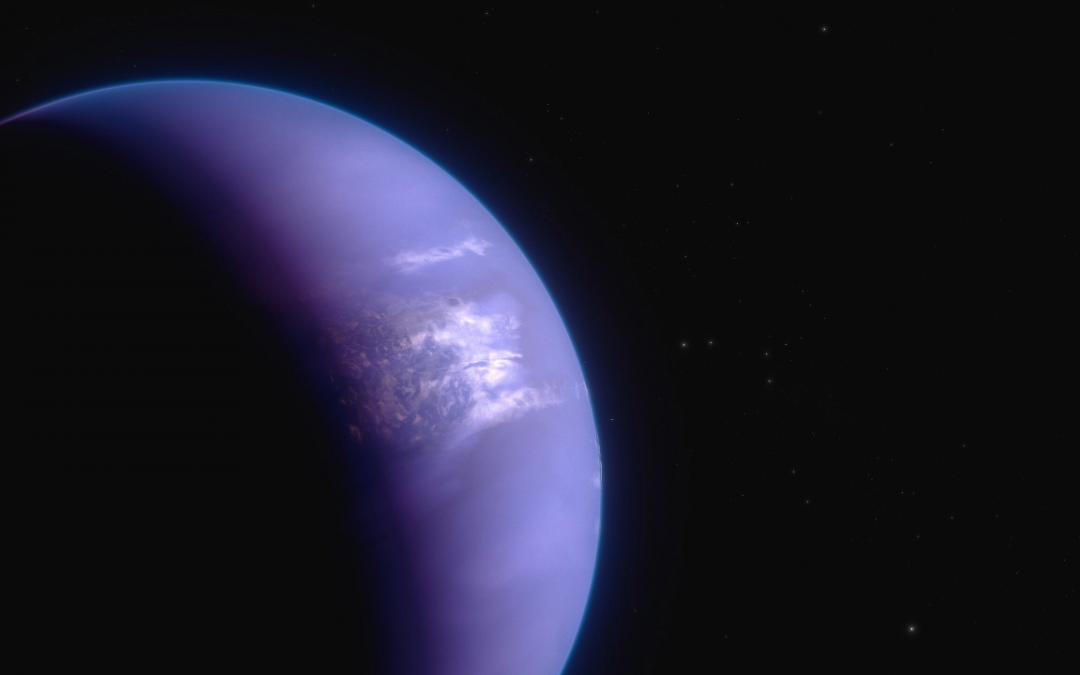
Here’s a familiar question: how’s the weather? We’re familiar with the weather on Earth and telescopes and missions are watching the weather on other planets in the Solar System. But for the first time in history, astronomers can now answer that question for...
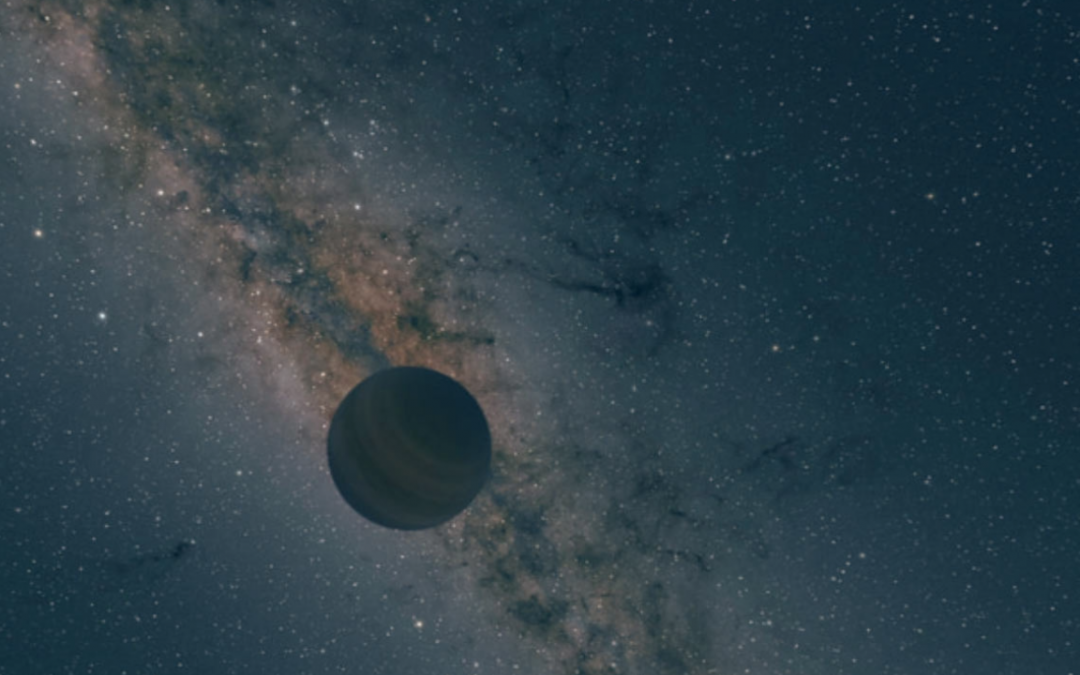
Most of the exoplanets we’ve found are around stars, where they belong. But a few have been found free-floating in interstellar space. The evidence is growing that there are a lot of them out there, maybe even more than planets with stars. How do they form and how can...
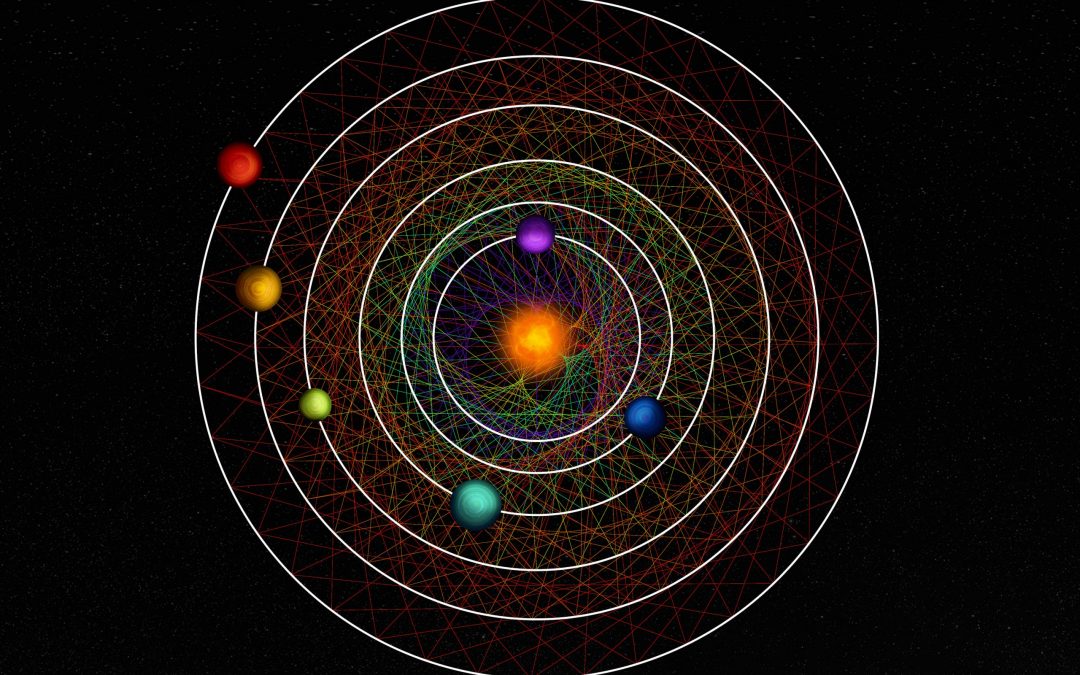
Several of the planets and moons in the Solar System are in orbital resonance, orbiting in a geometric lockstep. And not just the Solar System, astronomers have found the same resonances in other star systems.
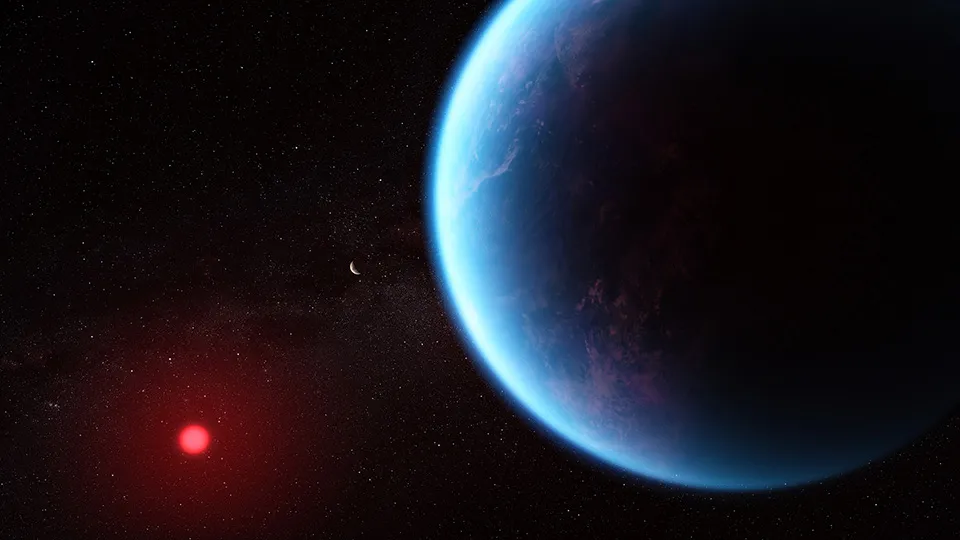
Wherever we find liquid water on Earth, we find life, so it makes sense to search for water across the Universe, and hopefully we can find evidence of life. But what about worlds which are completely covered in water, oceans hundreds of kilometers deep. Can there be too much water?
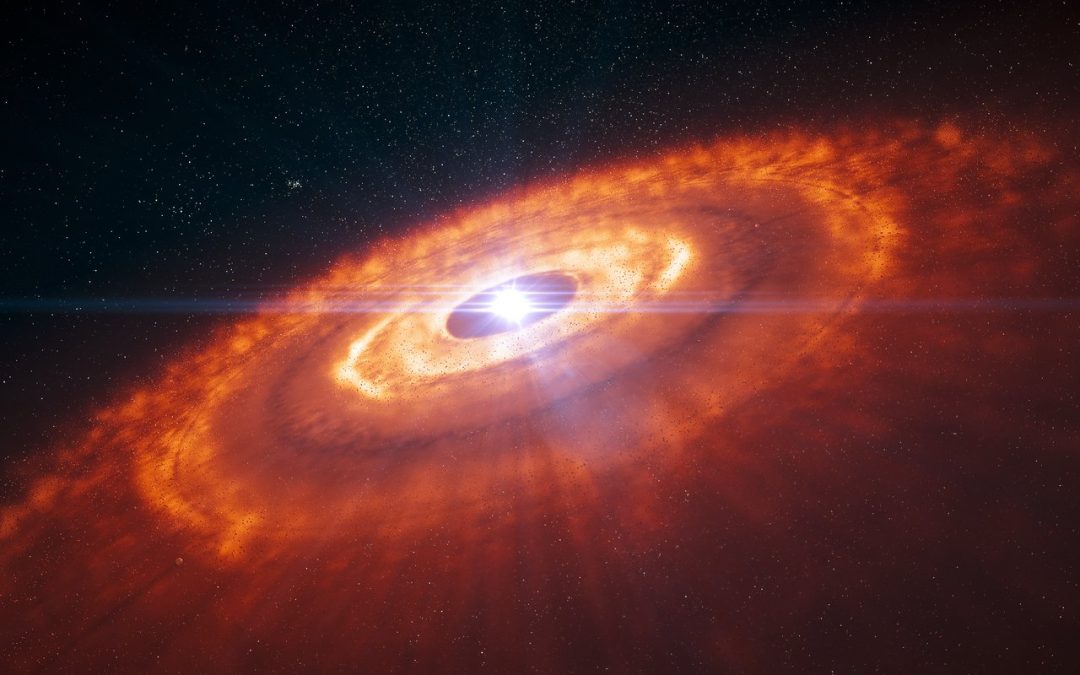
Okay sci-fi writers, today we’re going to give you a guided tour of building planets. How they form, how they grow, and how things can go horribly horribly wrong.
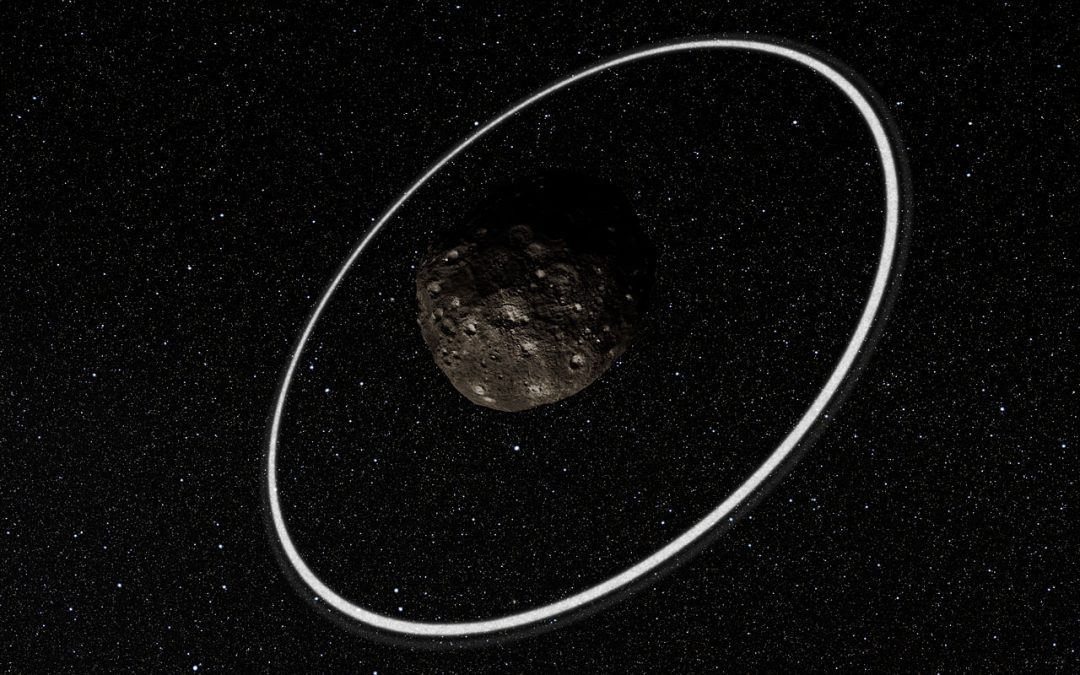
We’ve spent a lot of time gushing about Saturn’s rings, but there are other places with ring systems. And not just Jupiter and the ice giants, but asteroids, dwarf planets, centaurs and even exoplanets. Today we’ll gush about them.
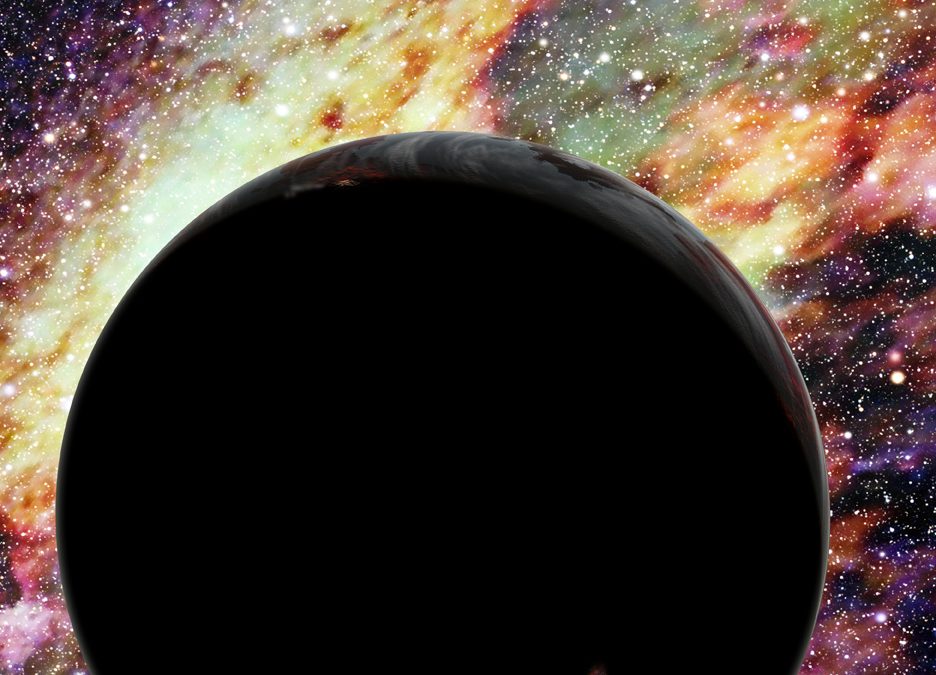
Moons orbit planets, planets orbit stars, stars orbit within galaxies. It’s orbits all the way down. But occasionally objects can receive a powerful kick that sends them off on a journey, never to return.
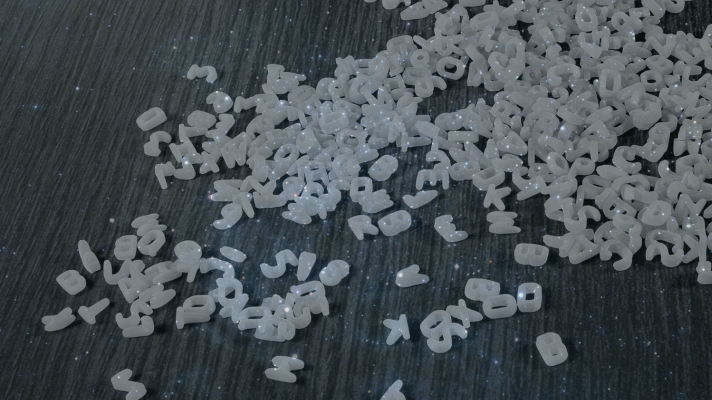
Space is a big place, with a lot of galaxies, stars, planets and moons, and that means a lot of names. How do astronomers name stuff, like comets, asteroids, exoplanets, craters?
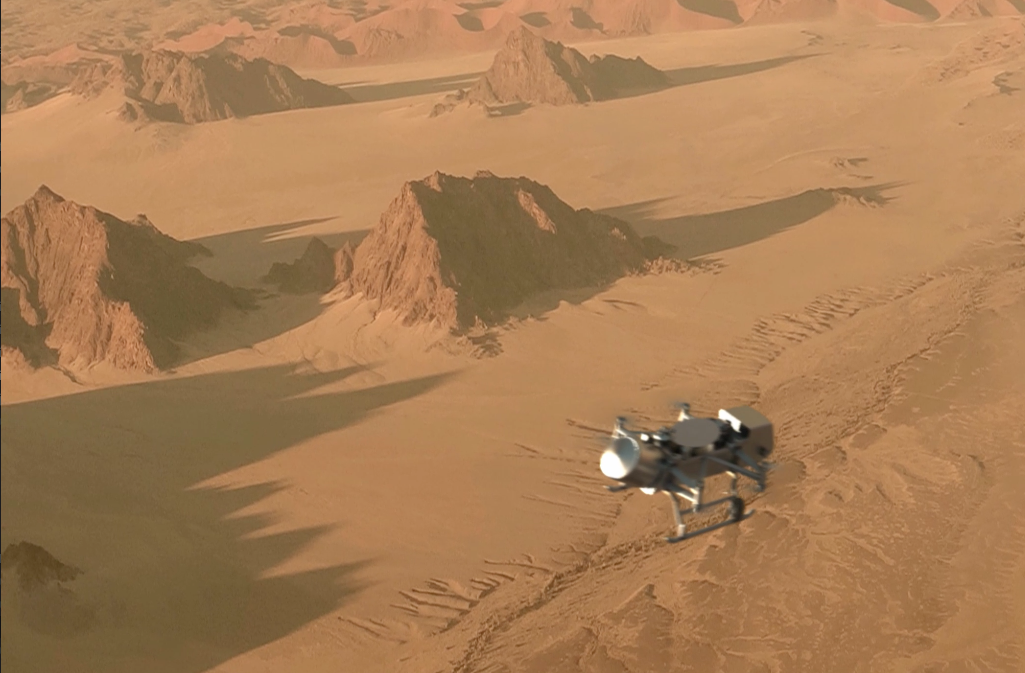
We’ve always assumed that habitable planets would need to be like Earth; a terrestrial planet orbiting a sunlike star. But now astronomers have been discovering planets in the habitable zone around very much non-sunlike stars. What strange places could be habitable?
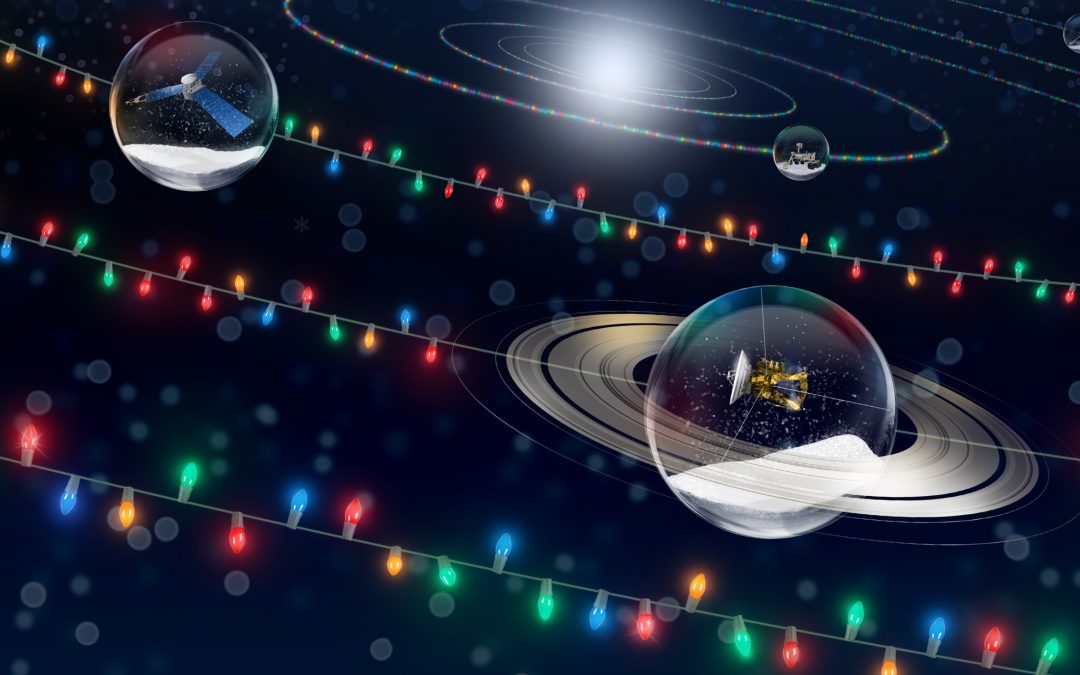
We’ve reached the end of 2021, and this is the last episode of the year. Let’s look back at the big space events of the last year and talk about what we’re looking forward to in 2022.
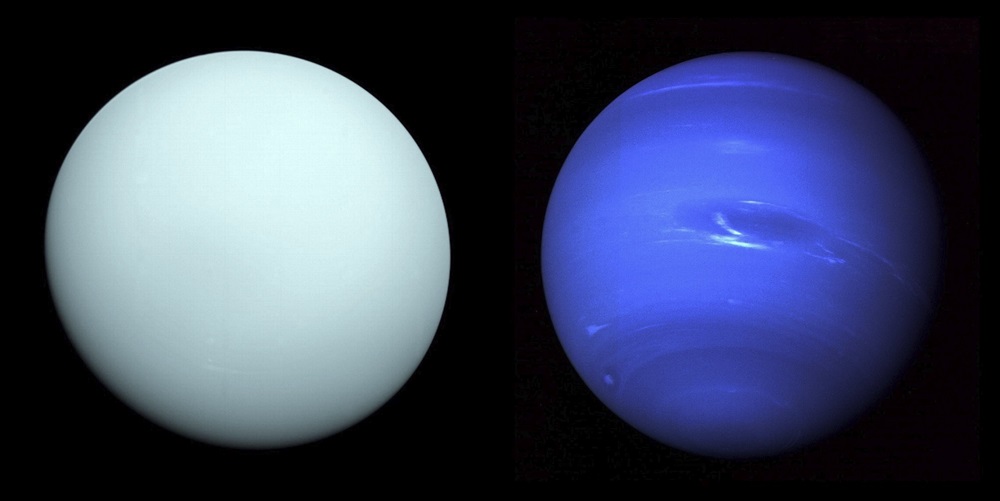
We’re learning more and more about the outer planets of the Solar System. Uranus and Neptune are ice giants, filled with water and other volatiles that we’d consider ice if it was here on Earth. What’s inside these worlds, and what could we expect to find across the Milky Way?
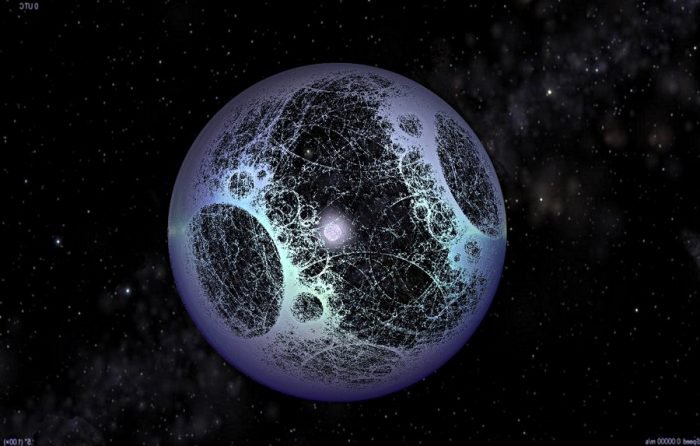
Last week we talked about what it’s going to take to confirm basic biological life across the Solar System and the Milky Way. This week, we’ll discuss what it’s going to take to detect intelligent life out there in space.
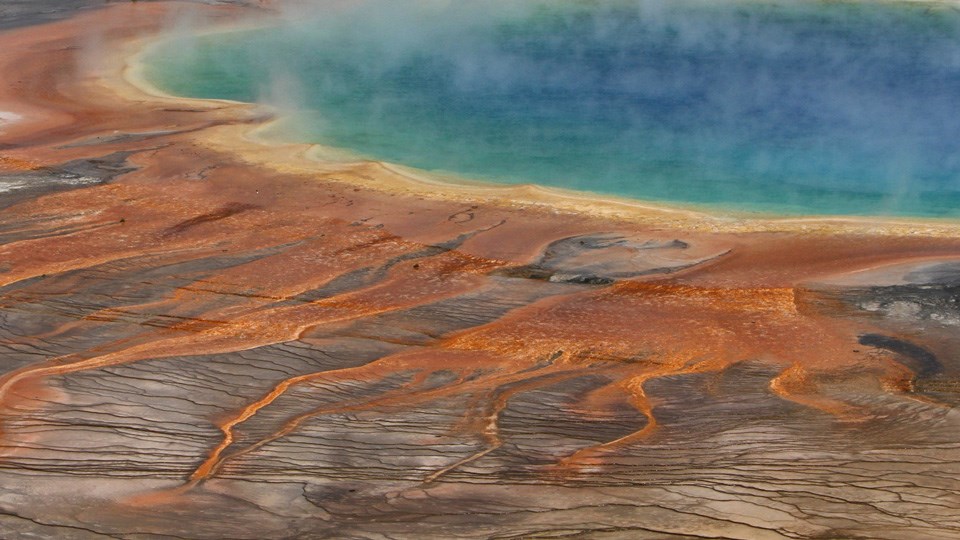
Are we alone in the Universe? It’s one of the biggest scientific questions we can possibly ask. And yet, with rovers on Mars, missions planned to visit Europa and Ganymede. Powerful telescopes able to detect the atmospheres of exoplanets, we’re closer than ever to finding out the answer.
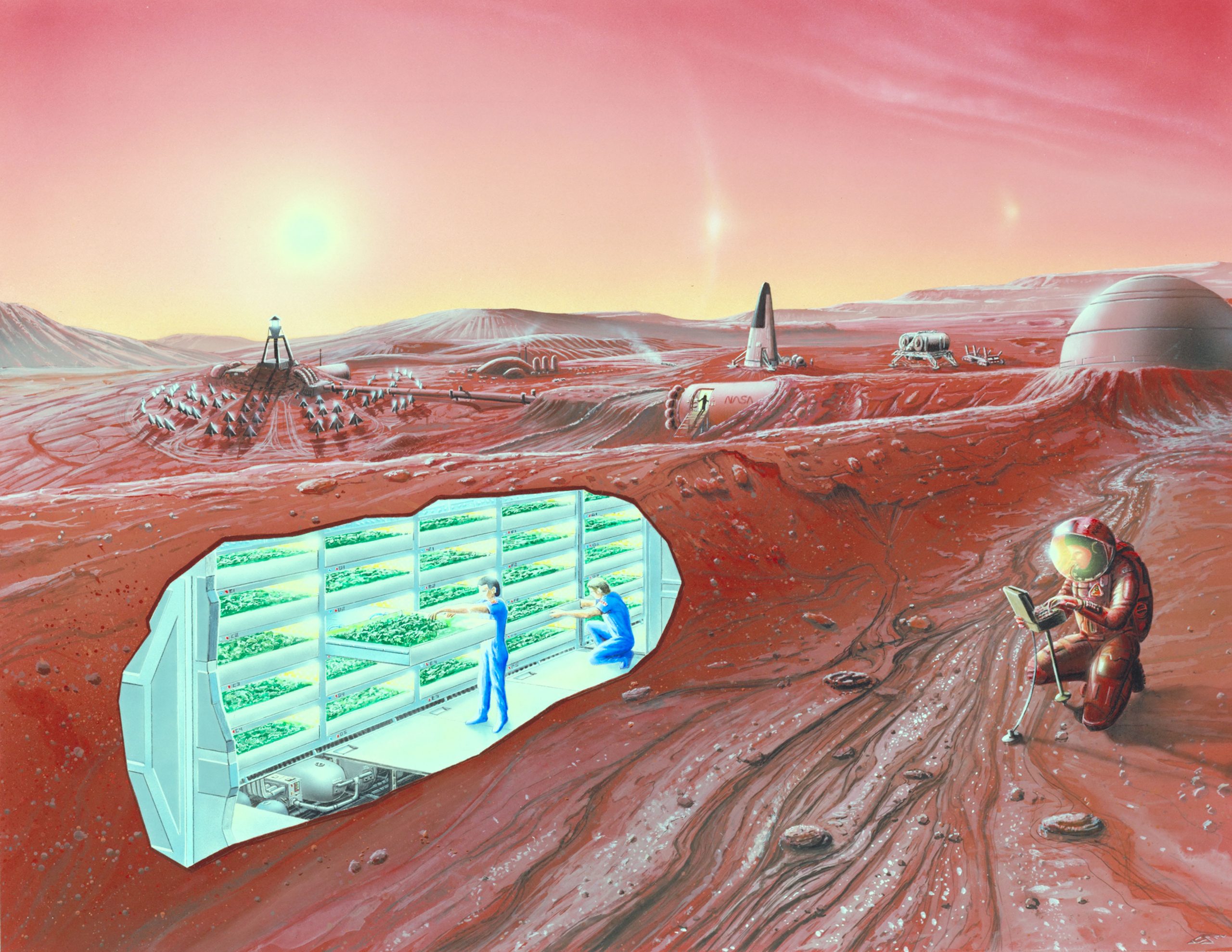
Today, we gaze into the future of space and astronomy. What upcoming missions and events are we excited about?
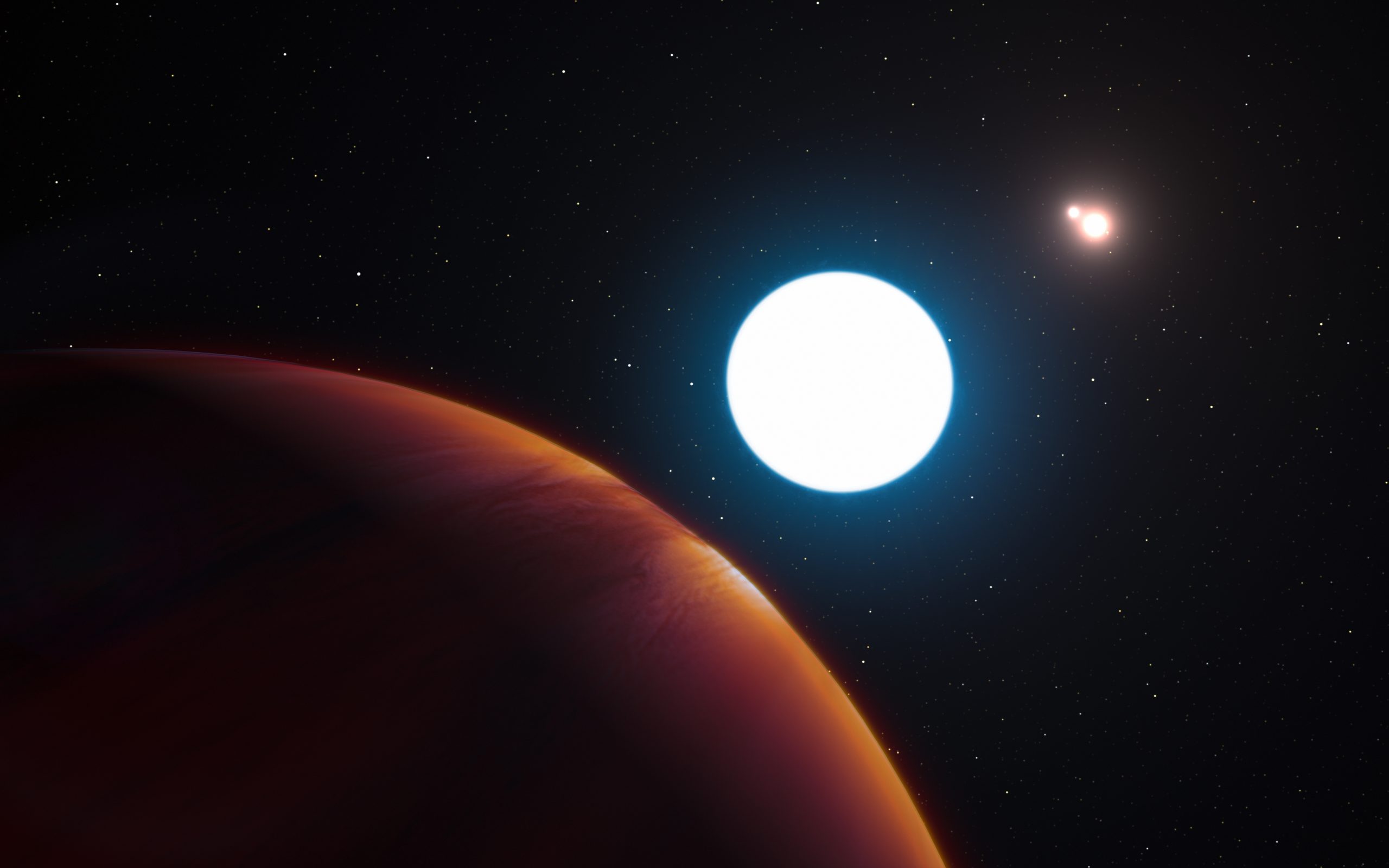
This is going to be another one of those evergreen topics, where we come back to again and again. Finding planets. Every time we talk about this now, it seems like we’ve gained thousands of new planets. Well buckle up, new techniques will grow that by tens of thousands and even millions.
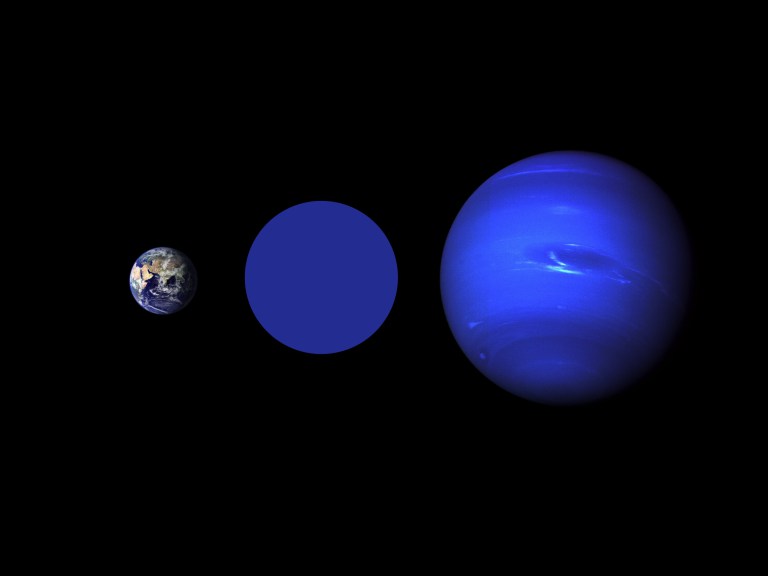
As astronomers are finding even more new extrasolar planets, they’re starting to discover entirely new categories. There are classes of planets out there that we just don’t have any analog here in the Solar System. Let’s talk about them.
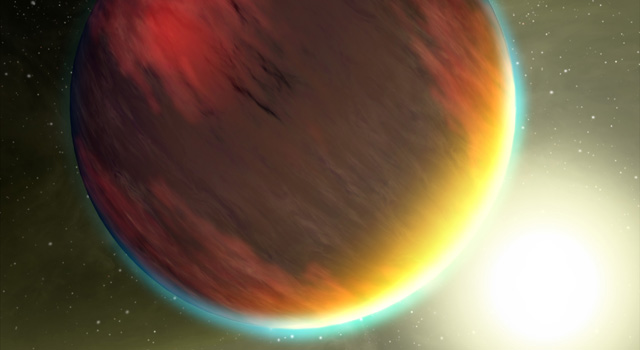
Not only have astronomers discovered thousands of exoplanets, but they’re even starting to study the atmospheres of worlds thousands of light-years away. What can we learn about these other worlds, and maybe even signs of life.
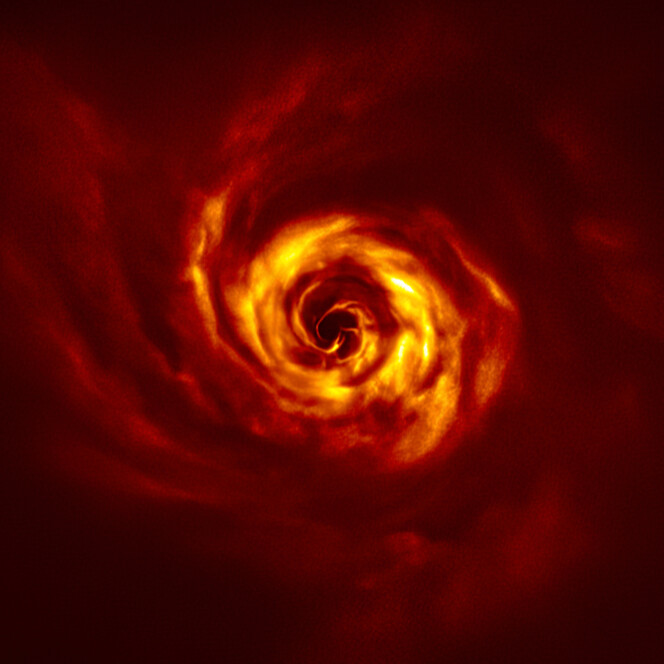
We’re all looking forward to the next generation of exoplanetary research, where we get to see pictures of planets directly. But astronomers are already making great strides in directly observing newly forming planets, helping us understand how our Solar System might have formed.
Before we discovered other planets, our Solar System seemed like a perfectly reasonable template for everywhere. But now we see massive planets close to their stars, which leads you to the question, how does it all get there. Do the planets form in place or do they migrate around?
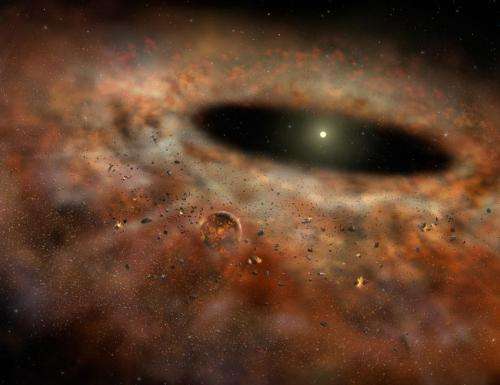
As astronomers started to discover planets orbiting other stars, they immediately realized that their expectations would need to be tossed out. Hot jupiters? Pulsars with planets? We’re now decades into this task, and the Universe is continuing to surprise us.
Finally, a big update. Have there been news in the realm of exoplanets? More news that we can possibly cover. But we’ll try our best.
Astronomers this week announced that they had discovered an asteroid or comet on a trajectory that brought it from outside the Solar System? Is this the first case of an object from deep space? And what can we learn from this discovery?